No man is an island entire of itself; every man
is a piece of the continent, a part of the main.[1]‘No Man is an Island’, a poem from ‘Devotions Upon Emergent Occasions, and severall steps in my Sickness’ (Donne, 1624)[2]Book: Devotions Upon Emergent Occasions, and severall steps in my Sickness (Donne, 1624)
John Donne
I recently learned a few important things related to codependency and emotional sobriety, and I would like to share those in case it helps others. I have 3 things I would like to share with you today. But first, let me define codependency and emotional sobriety, so you understand how they relate to or are relevant to autism.
Codependency
Codependency has many definitions and means many different things to different people. This post isn’t about codependency specifically, so I would like to keep my explanation of the concept short. Some consider codependency to be a self-love deficit at its heart.[3]Codependency in Relationships (Bharvani, 2019) | Central Minds[4]Book: Recovering Love: Codependency to CoRecovery (Cookerly, 2001) It’s generally characterized by an over-reliance on others for approval, self-worth, and a sense of identity.[5]Codependency and Codependent Relationships (Johnson, 2018) Vicki Botnick, a marriage and family therapist, explains that codependency often involves a sense of forgetting “where you end and your partner begins.” She states:[6]What Are the Signs of Codependency? (Saripalli & Raypole, 2021) | PsychCentral
Codependency refers to any enmeshed relationship
in which one person loses their sense of independence
and believes they need to tend to someone else.
A 2018 review of the concept of codependency by Bacon et al. states that the patterns of codependent behavior generally involve four main themes:[7]The Lived Experience of Codependency: an Interpretative Phenomenological Analysis (Bacon et al., 2018)
- External focusing (i.e., a tendency to focus on others)
- Self-sacrifice
- A need for control, which may fuel interpersonal conflict
- Emotional constraint (i.e., difficulty recognizing and expressing emotions, also known as alexithymia)
I think another prominent factor in codependency is camouflaging. One of the participants of the aforementioned study, Selma, says:[8]The Lived Experience of Codependency: an Interpretative Phenomenological Analysis (Bacon et al., 2018)
…it is like the chameleon, you know, trying to fit in with every situation rather than allowing myself to be who I am…
You may already recognize some of these aspects as common experiences in autism. Two other components relate to our common empathetic responses and altruism. In her book Pathological Altruism (2011), Barbara Oakley PhD defines the following key concepts:[9]Book: Pathological Altruism (Oakley, 2011)
- Codependency is an inability to tolerate a perceived negative affect in others that leads to a dysfunctional empathetic response
- Codependency likely shares roots with pathological altruism
- There are evolutionary, genetic, and neurobiological components to the expression and propagation of codependent behaviors
Emotional sobriety
Emotional sobriety is essentially about tolerating your feelings and being healthy enough to deal with the normal shifting emotions of life, without harmful coping mechanisms such as the use of mind-altering substances. Psychiatrist Akhil Anand MD says about emotional sobriety:[10]Understanding Emotional Sobriety and How To Achieve It (2022) | Cleveland Clinic
Emotional sobriety is about freeing yourself from being controlled by your emotional state—no matter how happy or sad you get, you’re able to cope. You will be able to cope with life on life’s terms
So a big component of emotional sobriety is your ability to regulate your emotions. Addiction and substance abuse counselor Amy Fry MSW LSW says:[11]Understanding Emotional Sobriety and How To Achieve It (2022) | Cleveland Clinic
When we look at emotional sobriety, we’re looking at
emotional identification, emotional regulation,
and regulating behaviors related to emotions.
What I learned [I]
First, I want to share the image below, on Step 10 from RECOVERY 2.0: Move Beyond Addiction and Upgrade Your Life (Rosen, 2014). The text doesn’t deal with addiction specifically, but with emotional sobriety. Although this is—among other things—at the heart of recovery from addiction and codependency, it has everything to do with your ability to regulate your emotions. This can benefit most people, but perhaps autistic people in particular.
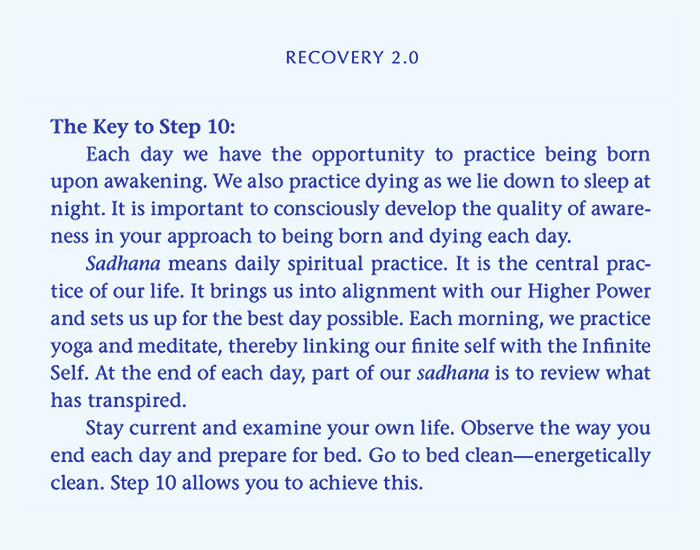
This text made me realize that I want to establish a practice of making amends for the pain I cause others as soon as possible, and that I want to overcome resentments as fast as possible—both in myself and others. I want to apologize for any negative feelings I may cause another person—no matter how (seemingly) trivial, and irrespective of whether I did so deliberately—so that resentments in the other person don’t have a chance of developing. For instance, suppose someone did something to me that makes me cry, which causes stress in you as you don’t know how to respond to that. Even though I have done nothing wrong, I would like to say I’m sorry my crying burdened you.
This is not an admission of guilt or taking responsibility for anything per se—after all, I did nothing wrong in that situation. But should I do something wrong, I will definitely take responsibility and accountability. But no, my apology would be an expression of compassion. “I’m sorry you’re feeling uncomfortable, and I’m sorry I inadvertently caused that.”
The key is not to get caught up in blame, defense, or deflection, but address what needs to be addressed, and be a positive influence where possible. I want to strive to go to bed without bad energy—without resentments that will fester.
What I learned [II]
I shared the image above on Twitter, and someone shared something with me that was quite significant to me. They said:
Whenever I get frustrated in a relationship now, I try and mentally remove myself. I mentally exit my body, look at us fighting, and then come back. It makes it seem a lot smaller. Pairing that with trying to “enter” their consciousness, and see what they see—that really calms me.
‘Out of body disassociative empathy’ I could call it lol.
I thanked them for that share, as it reminded me of some things I learned years ago from a therapist who taught me about Buddhism and nondualism. To that end, I really like the video “Facing Our Feelings as Awareness’ by Rupert Spira. Here is the video:
But I always took this lesson to be about dissociation from personal experience and feelings—not as a coping mechanism, but as a way to see your feelings objectively instead of chasing them; to recognize that emotions—just like thoughts—are transitory; they come and go. It was an important lesson for me, because we can have thoughts and ideas and we let them go without identifying with them and taking them personally; and yet, when it comes to emotions, we often tend to personalize them, and feel that they say a lot about us. They don’t need to, though. Instead of identifying with our emotions, we can let them come and go. Just observe them, without judging them or yourself.
So I learned this lesson concerning my emotions, but it’s also fantastic to apply that to our interpersonal reality. Try to observe your interrelations from a distance, like an outside observer.
I learned last week that other terms for this are nondual awareness and witness-consciousness.
What I learned [III]
And finally, I want to share something I learned today in a Recovery 2.0 meeting relating that focused on codependency. I may be paraphrasing, but someone said something akin to the following quote:
It’s fine to care without carrying.
What they meant by this is that you can care about the feelings of others, but you don’t need to carry those feelings.
I guess that’s easier said than done, and the phrase makes it seem like the carrying is a conscious choice. For most people with high affective empathy, other people’s feelings carry over whether they like it or not, and this can sometimes be debilitating and distressing. Some people may feel bad that they don’t explicitly feel what others feel, thinking it says something negative about them that they don’t empathize with others at that level. It’s all okay, though. You either have high affective empathy or you don’t, so this is beyond your control; and where you may have less affective empathy, you probably compensate for that with cognitive empathy, where you understand other people’s feelings and experiences at a cognitive level but don’t get affected by their emotions. This often actually allows you to respond with more compassion, because you won’t have to retreat to regulate yourself.
Whether you easily get affected by other people’s emotions through emotional contagion or not, I think part of getting away from codependency is caring about others without carrying their emotions—not to take their feelings personally. This will not be entirely within your control, but you can practice taking it less seriously, or needing less time to recuperate afterward.
Recovery 2.0 meetings
I hope these lessons helped you in some way! For people who want to practice their emotional sobriety, I can highly recommend Recovery 2.0.
I go to their meetings at least several times per week in the late evening (usually meetings that start at 7:00–9:30 pm). The meetings are free to join, and no sign-up is required. You can find their weekly schedule here:
Recovery 2.0 Universal Meetings
Further reading
If you want to know more about codependency, the following books have a lot of useful information:

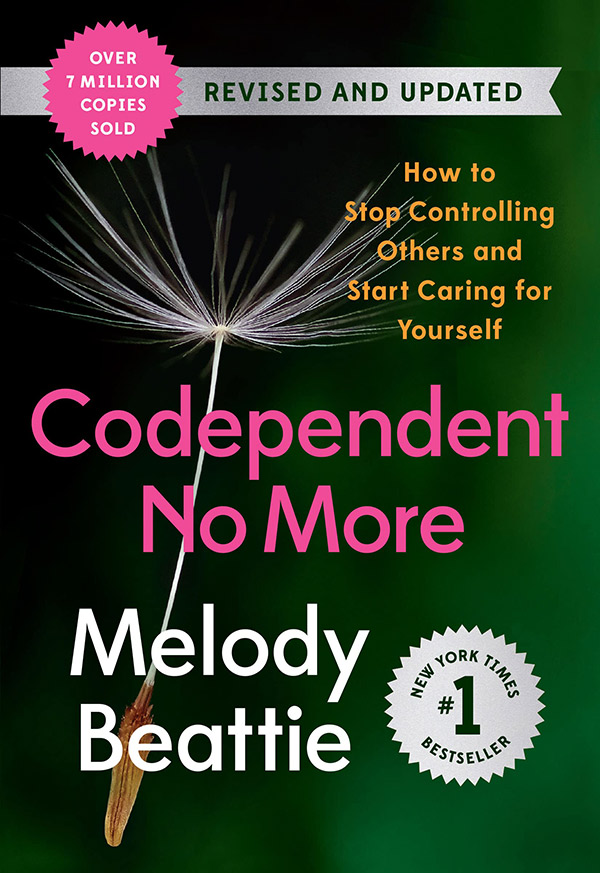
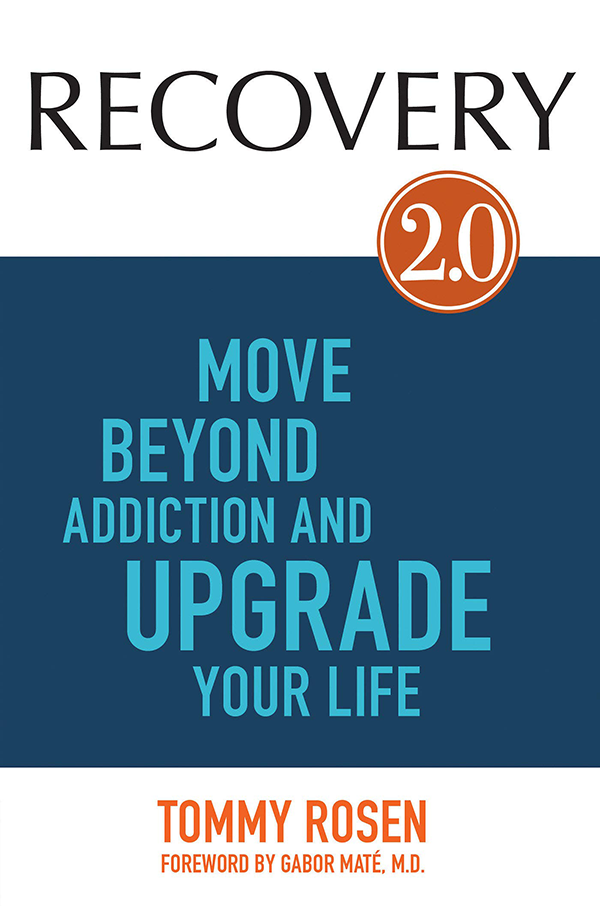
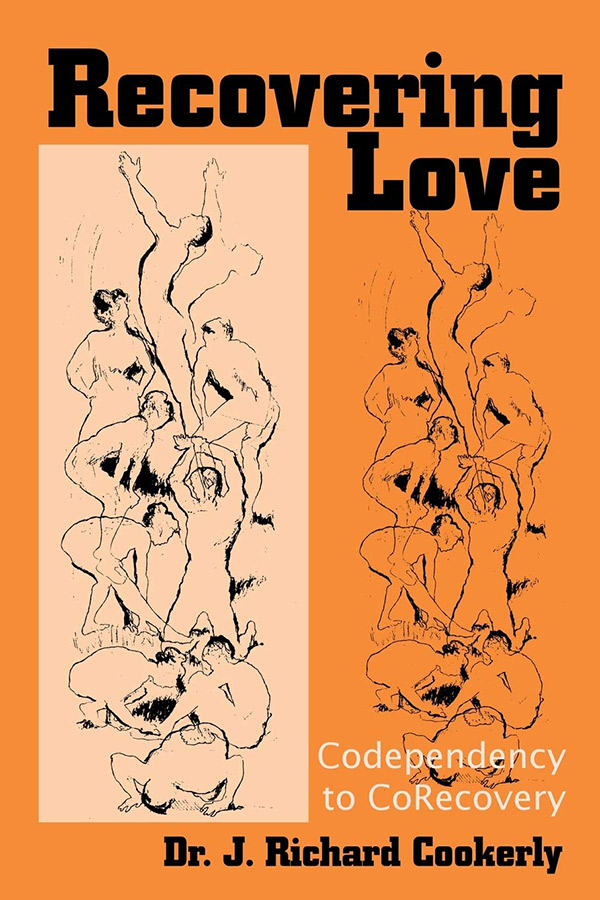

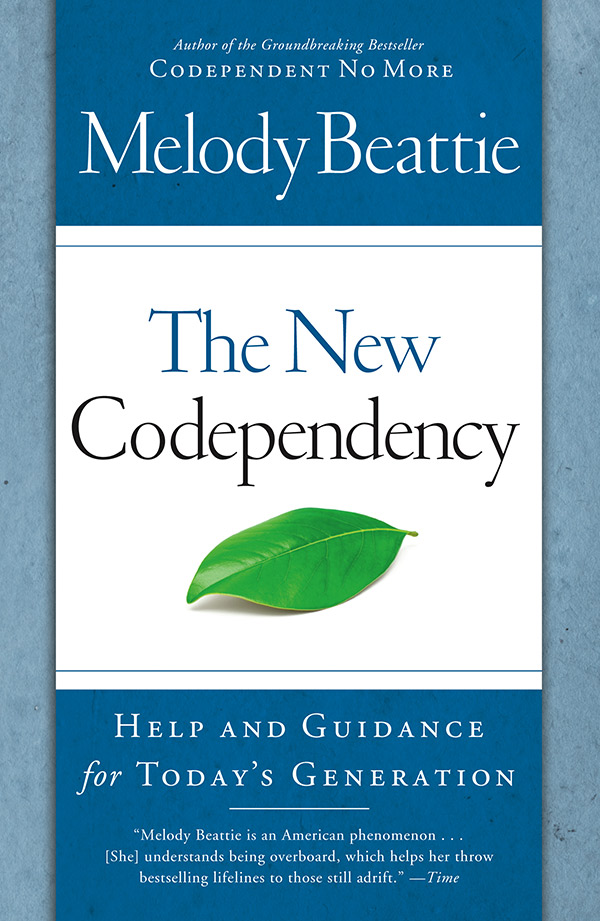
Comments
Let us know what you think!